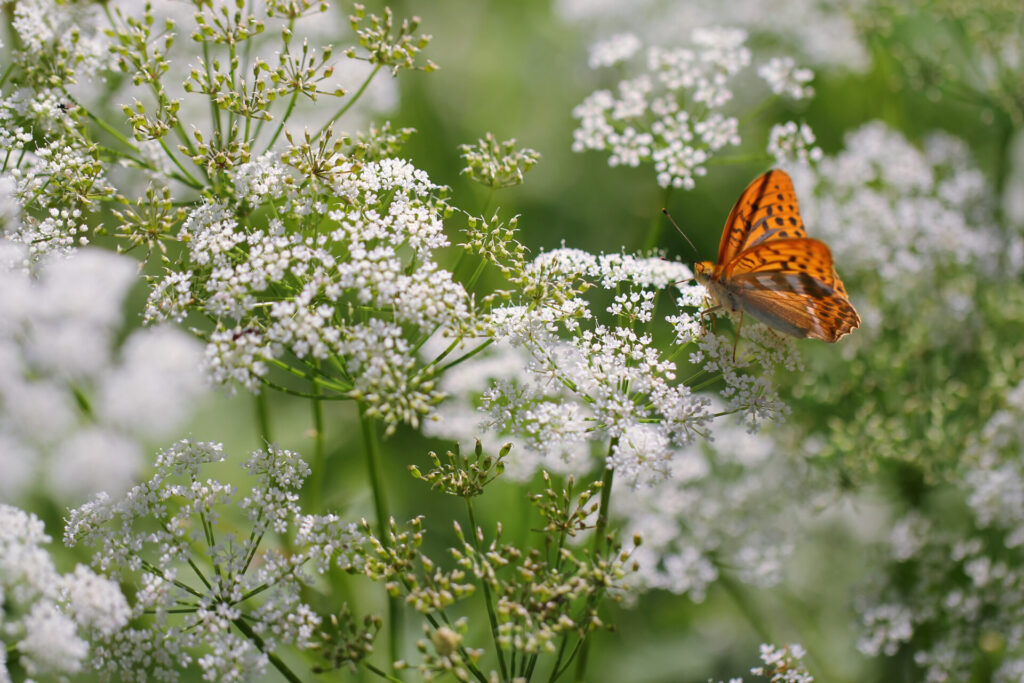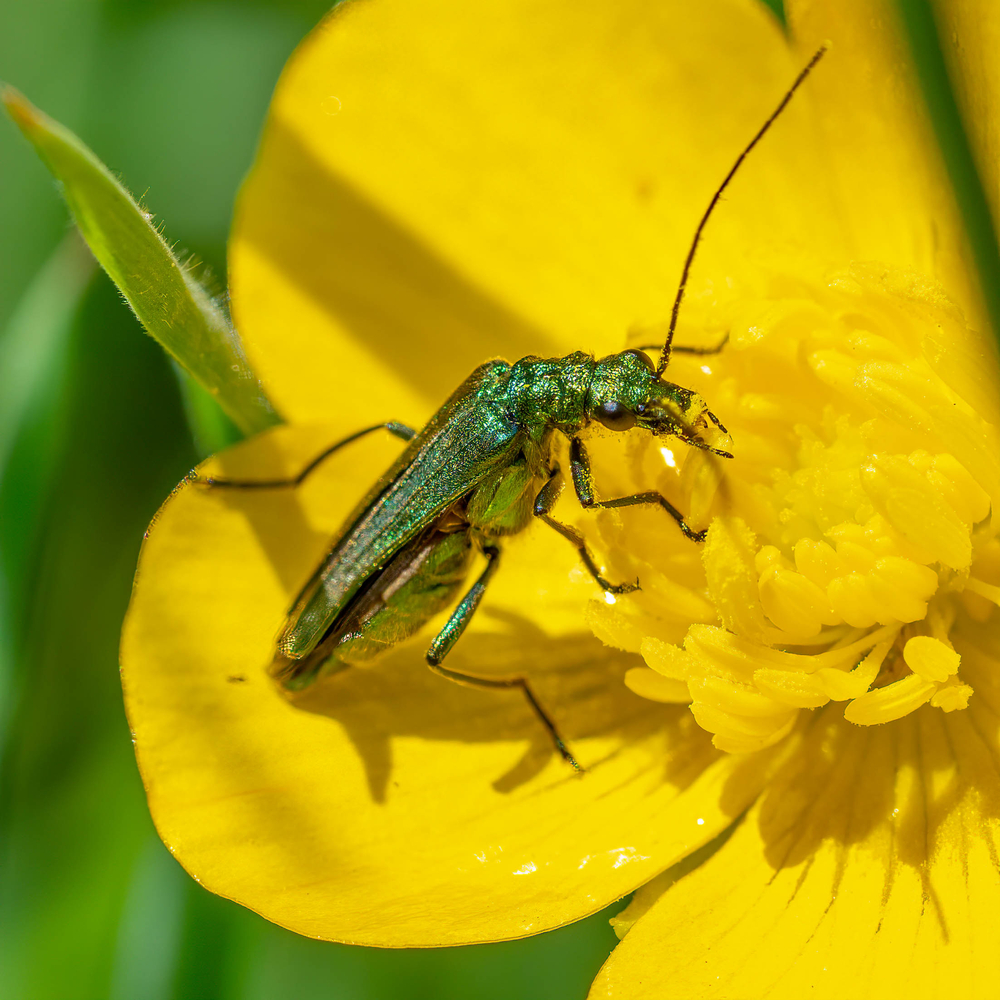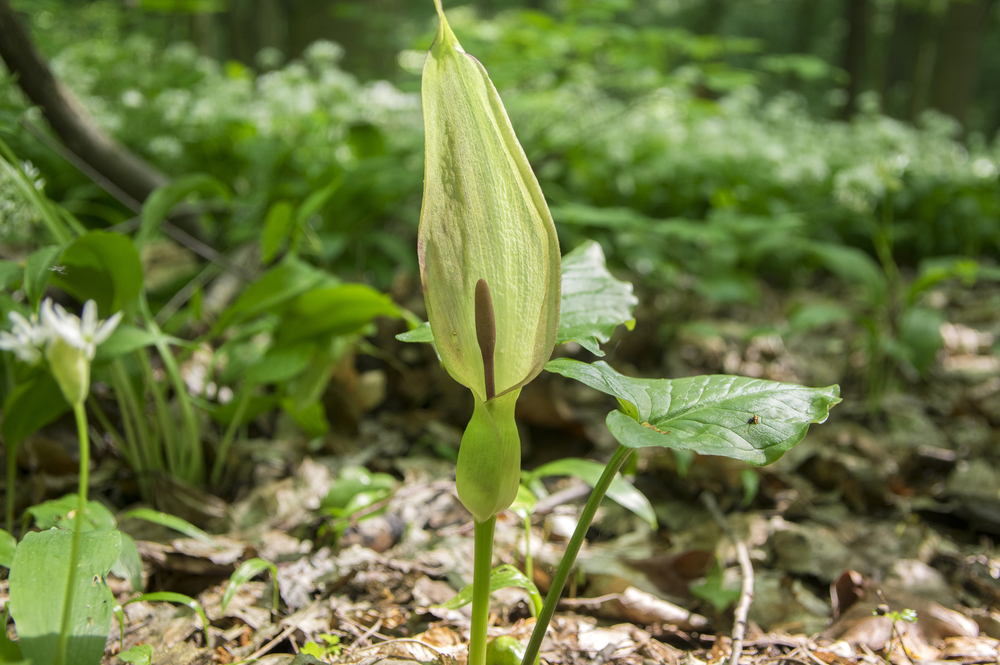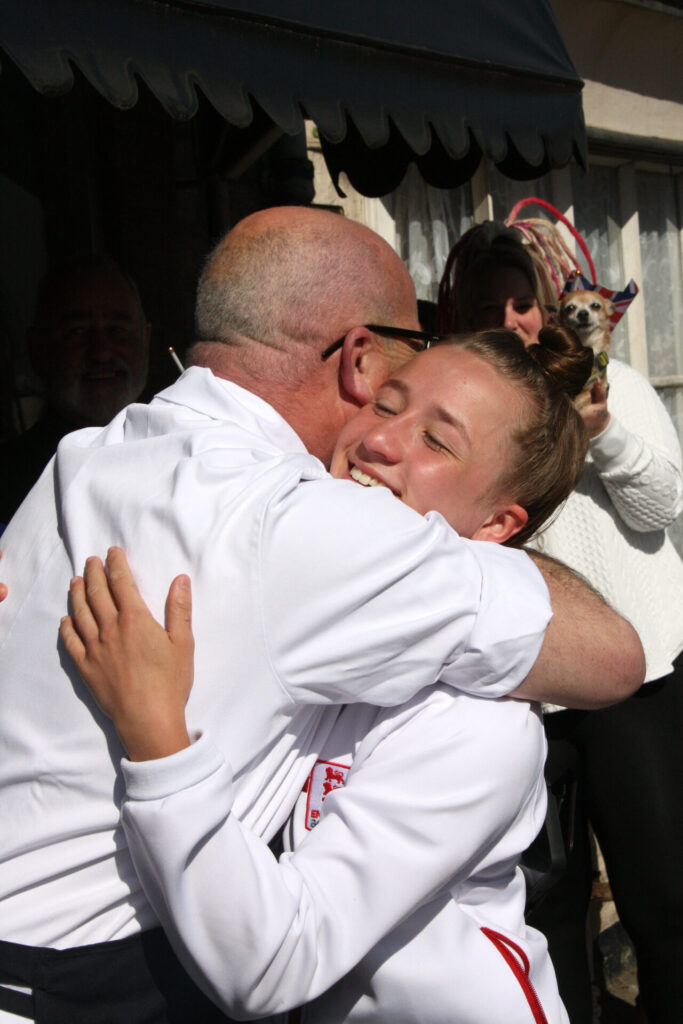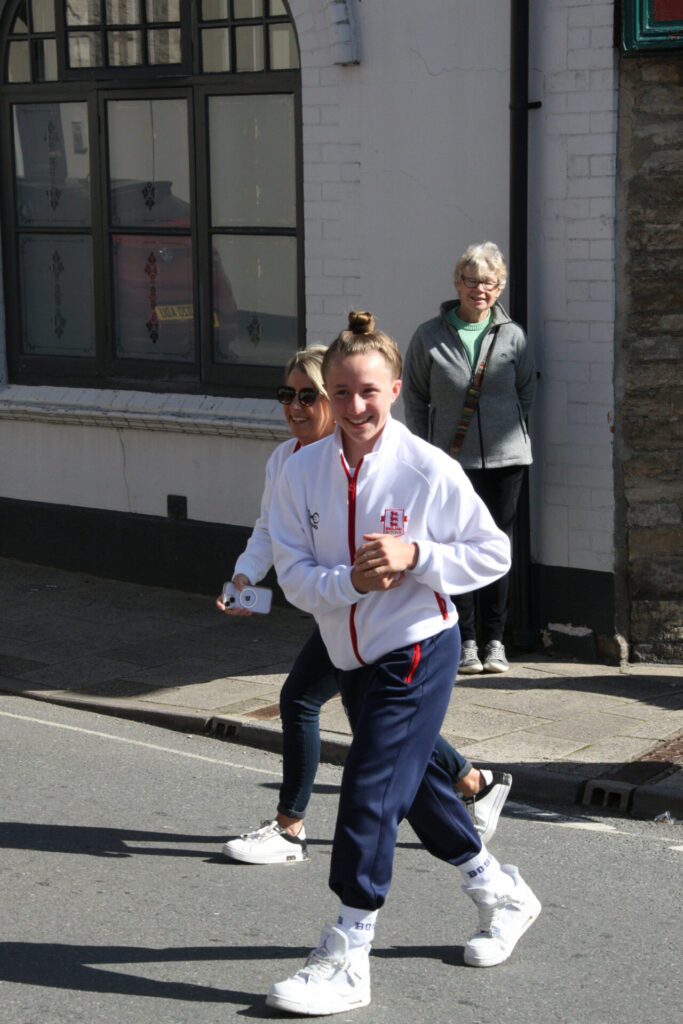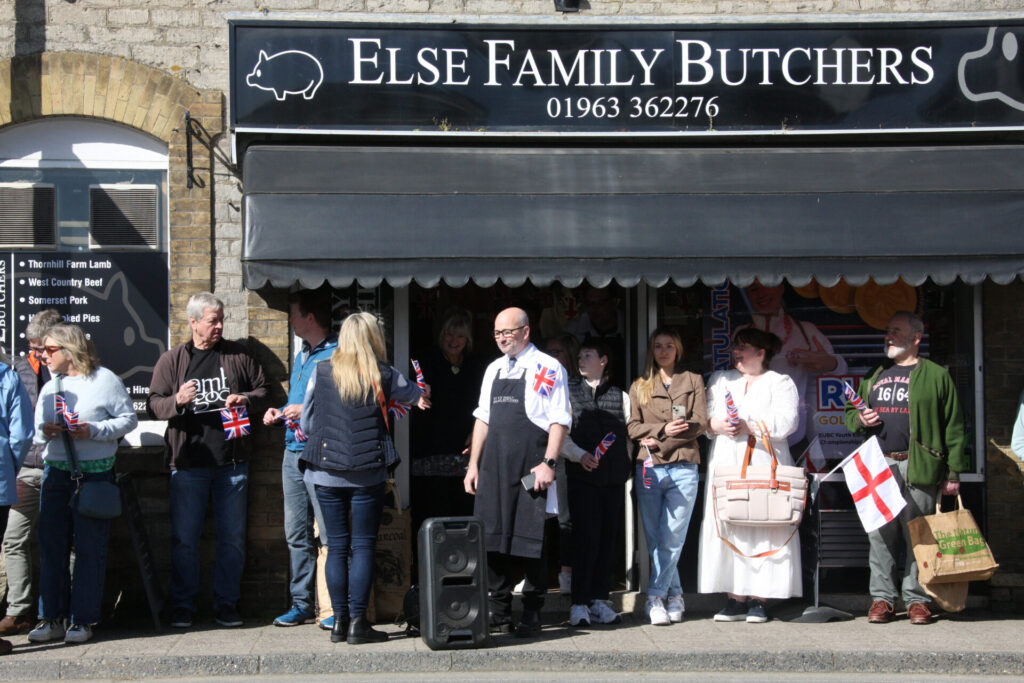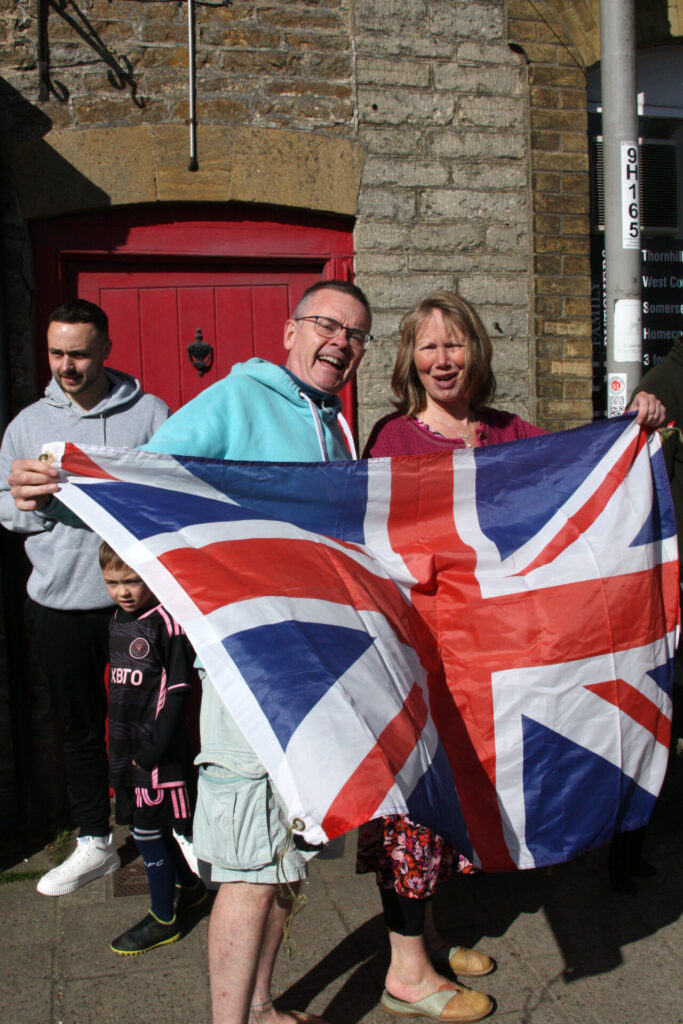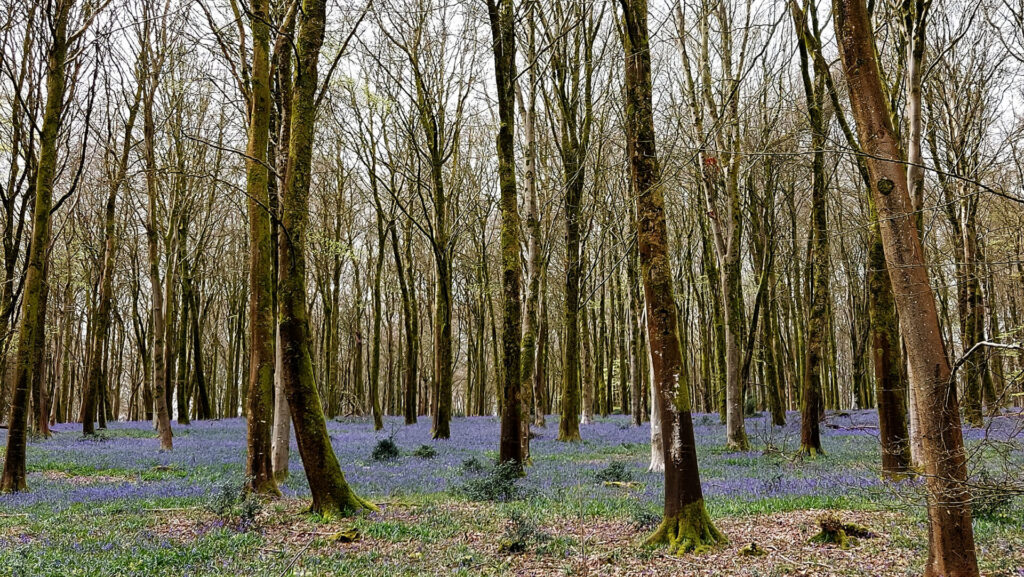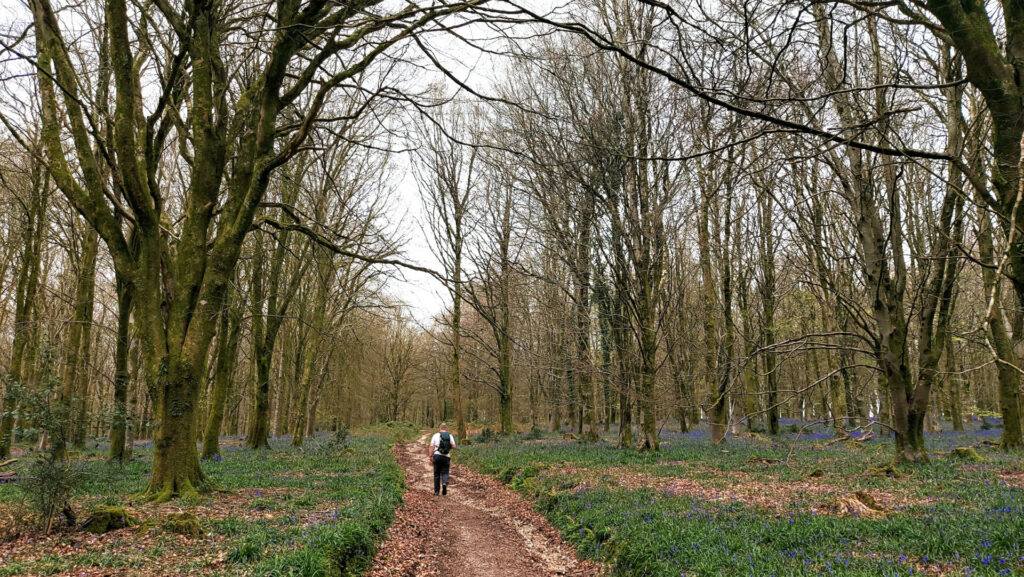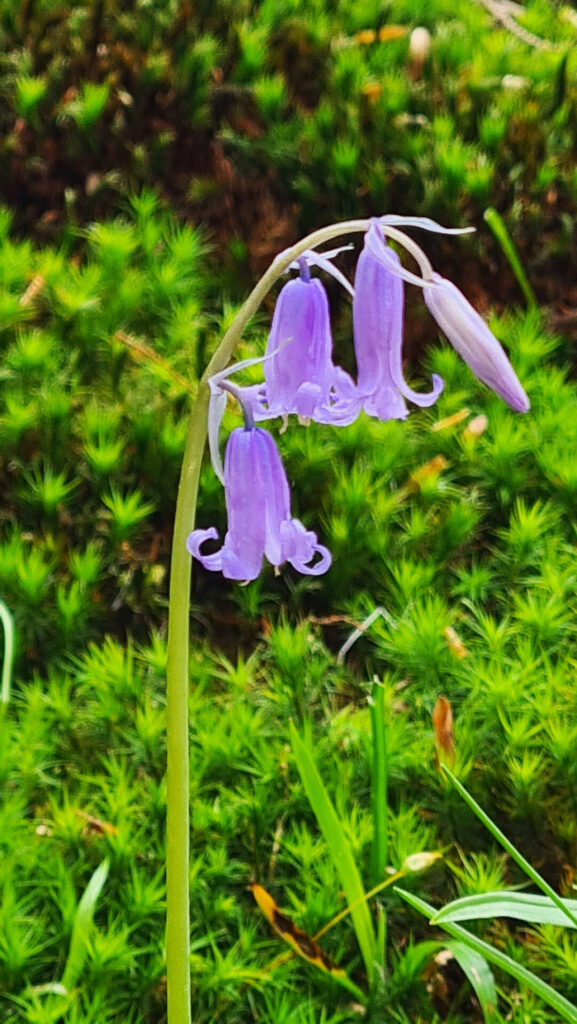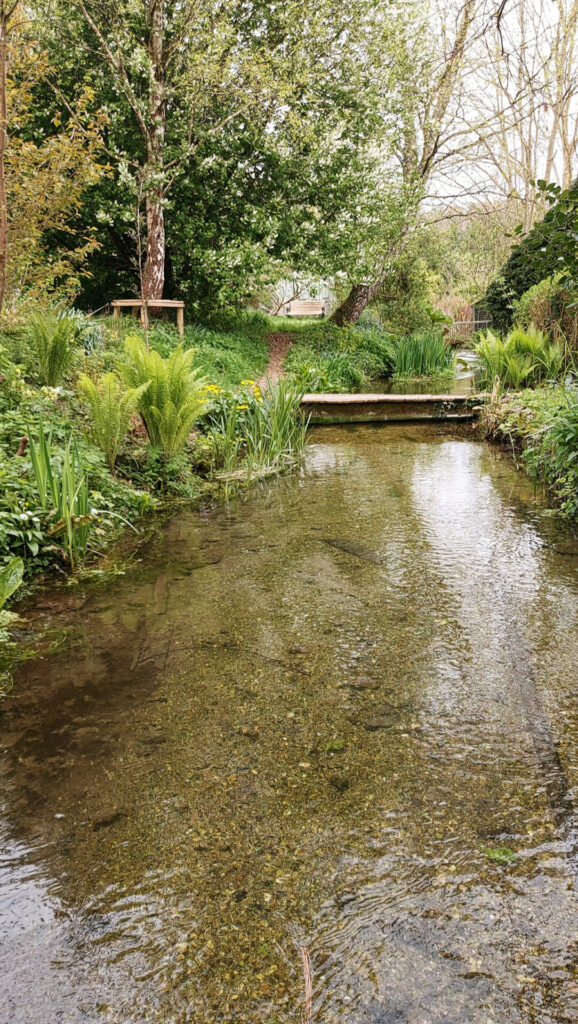
Although I’d only ever voted Conservative before, I remember the sense of anticipation that things were going to change for the better when Tony Blair swept into power in 1997. Sadly it didn’t last. Blair’s New Labour introduced important social reforms, like the minimum wage, but in the end it became too conservative, supporting market economics where the markets control decisions on the allocation of capital to provide goods and services. While there is absolutely a need for businesses to help inform debate on government policies, they must not be allowed undue influence over policy decisions. They will naturally focus on obtaining the maximum benefit for themselves, whereas the government must consider the bigger picture.
As Labour moves increasingly to the right, guided by organisations like the Tony Blair Institute for Global Change, it looks to be heading for electoral victory. Vested financial interests are circling, eager to maintain their influence on government policy-making through lobbying and media campaigns. The fossil fuel industry has influenced government policy so well that Shell and BP are reducing their already half-hearted support for transitioning to renewable energy, and instead expanding their oil and gas operations. All with a total disregard for the planetary consequences, not least the climate change already affecting millions around the world. Meanwhile the government is aiding and abetting the industry through taxpayer-funded subsidies, a wholly inadequate windfall tax, and stoking a deliberately divisive culture war against a bogus ‘war on motorists’.
The Tory party’s largest donor, Frank Hestor, hit the headlines recently with his appalling remarks about a Labour MP. Less well publicised was the fact that his company makes an excessive 50 per cent profit from supplying software systems to the NHS. Nice work if you know how to get it, but not a good deal for our cash-strapped NHS, is it? To any previously Labour or Conservative supporters who are disillusioned by their parties, can I offer the suggestion that your next vote is for the Green Party? You will then send a clear message, and help to raise awareness of the true level of public support for the green policies we so urgently need.
Ken Huggins
North Dorset Green Party


